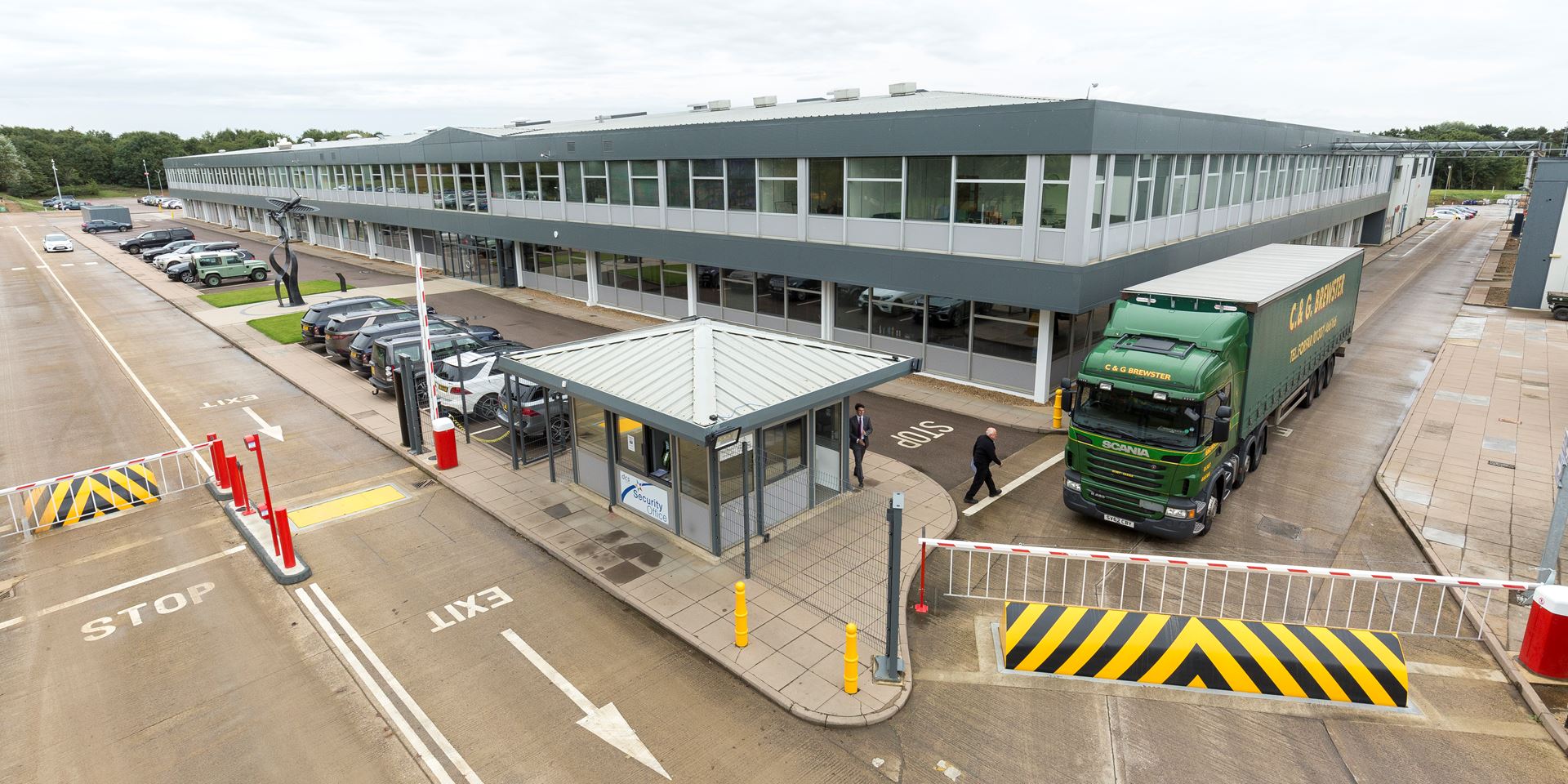Embracing and Leveraging Disruption

Embracing and Leveraging Disruption
By 2013, tech entrepreneurs and leading Silicon Valley investors predicted high-drama outcomes for retail. One of them, Marc Andreessen said:
High street retail is going to go out of business, and eCommerce will become the place everyone buys. Consumers are not going to have a choice. But, after 30 years in the marketing business, I’ve learned that there is always a silver lining to every such prediction. Retail will adapt, transform and innovate to avoid becoming extinct. The global pandemic is a massive opportunity for retail businesses and brands if they can transform and integrate new technologies and adapt marketing models.
Some snippets to consider:
Meteoric mobile growth
Mobile commerce is growing exponentially. eMarketer expects mobile shopping sales to reach $314 billion in 2020. Equally, mobile app ads stimulate purchase consideration. Research by Deloitte has shown that mobile apps are the starting point for nearly 46% of shopper research, before making a purchase decision.
Dynamic media
With some 65,000 Google searches every second, many consisting of 4 or more words, missing and understanding consumer search habits is an opportunity to optimise display media and influence consumers.
vCommerce (Voice commerce)
Voice search is profoundly changing digital marketing with 50% of all searches being voice. 72% of voice-activated speakers are used on a daily basis. vCommerce is set to grow 400%. Again, understanding the nature of target consumer queries and optimising for voice search will be an essential for your digital toolkit.
sCommerce and Social shops
Shoppers are empowered. Their views, reviews, recommendations and posts are powerful influencers. Adding shoppable, promotional triggers to popular and highly shared branded content is a winning formula. 36% of consumers recommend a product based on their experience. Leveraging and rewarding existing customers for their reviews, loyalty and referrals are a powerful and highly personalised way to optimise sales.
Micro-moments
Micro-moments are intent-rich moments when a person uses a device to enact buying. Micro-moments mean we no longer use linear marketing (awareness > consideration > decision). Customer journeys are dynamic, and we respond to changes in desire and the chance for instant gratification.
Geo-availability marketing
This is real-time, location-based targeting within a defined area, delivered via notifications. Leveraging this type of targeting technology presents a significant opportunity to optimise in-store basket value.
Artificial Intelligence
Gartner predicts that Artificial intelligence will be all pervasive in products and services during 2021. AI is being used to collect, process and interrogate behavioural data, automate ad buying and real-time bidding, and analyse Chatbots’ query behaviours. AI is a key tool to optimise personalisation and to drive repeat or associated purchases.
Personalisation
Demand for personalisation has increased 107% over the last 6 months. Consumers expect individual offers based on actual behaviour, and tracking and supporting the customer’s decision and buying journey is part and parcel of an omni-channel approach.
Omni-channel experiences
Omni-channel greatly enhanced “experiences” by reaching all touchpoint moments. Businesses that use 3+ channels will be rewarded. Engagement rate: 18.96% omnichannel vs. 5.4% on single channel. Purchase frequency: 250% higher on omnichannel vs. single channel. Average order value: 13% more per order on omnichannel vs. single channel. Retention rates: 90% higher for omnichannel vs. single channel
